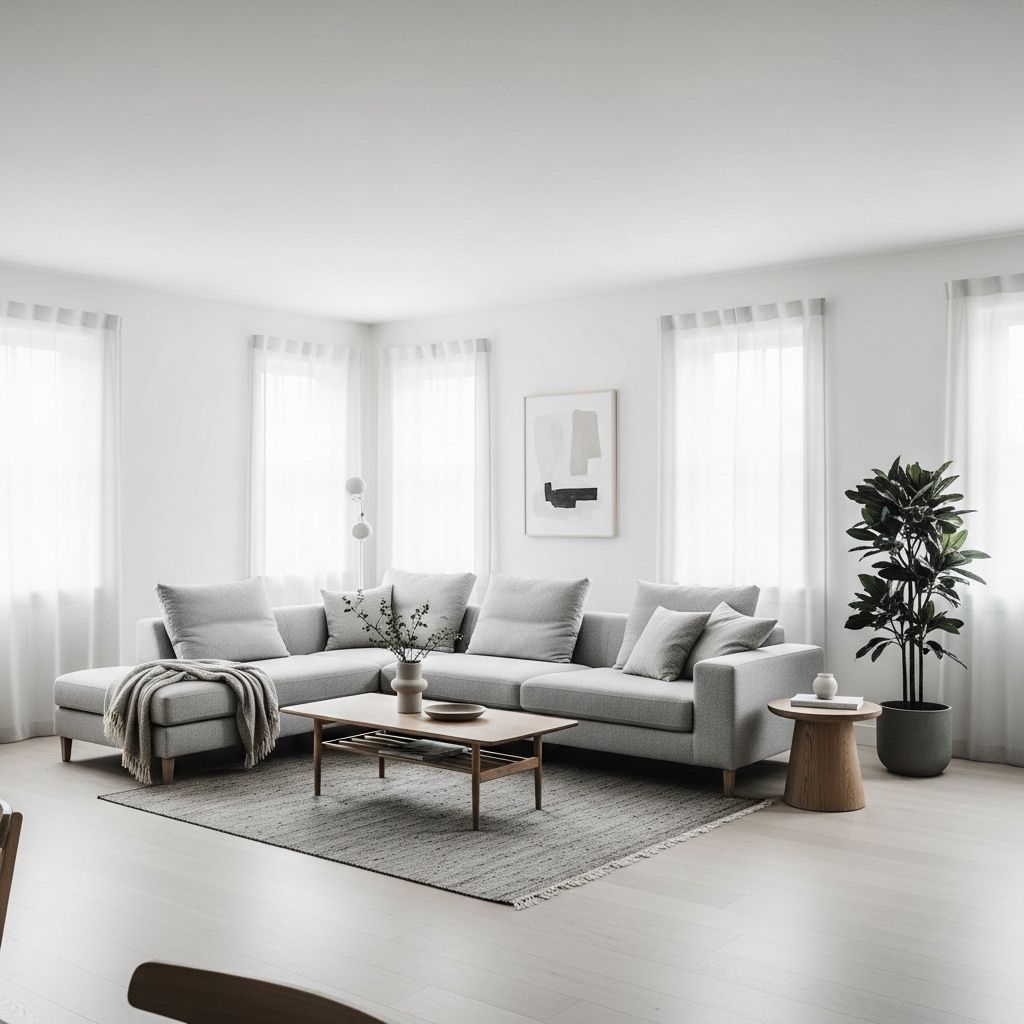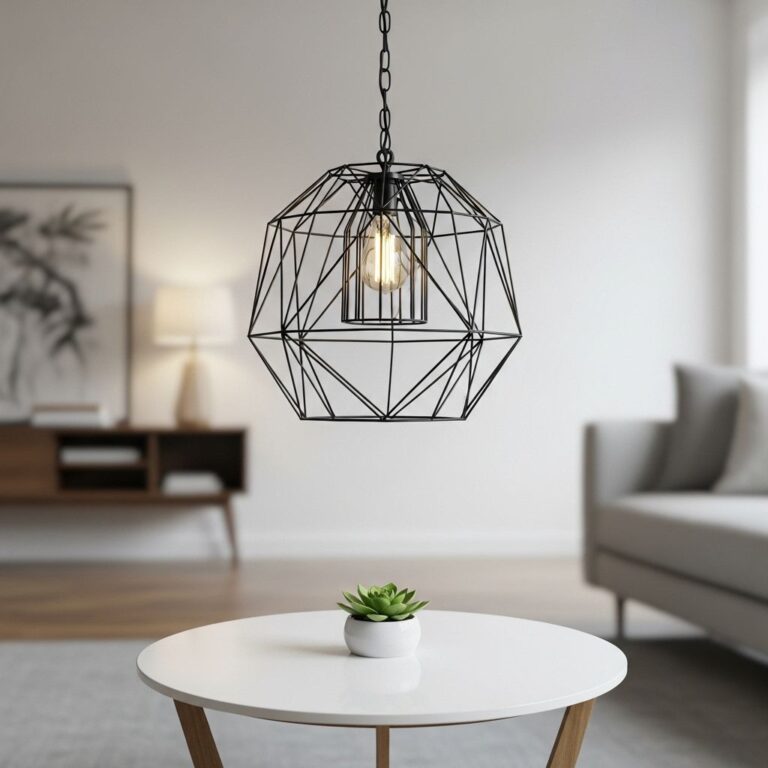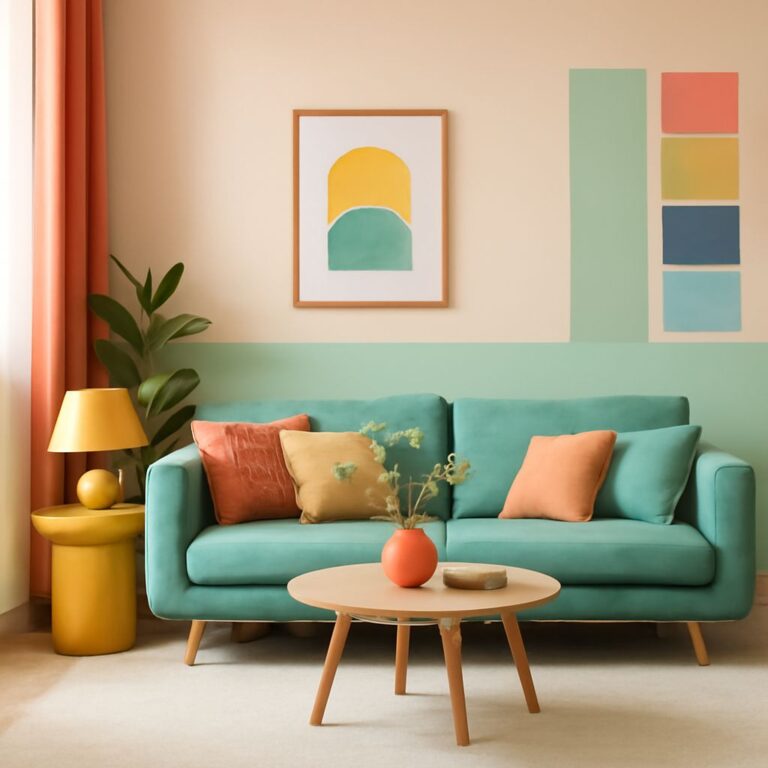The allure of minimalism is undeniable; it’s not just a design style but a lifestyle choice that promotes simplicity, functionality, and beauty. In a world cluttered with distractions and excess, minimalism offers a refreshing escape, allowing us to focus on what truly matters. Whether you’re looking to redesign your living space, streamline your wardrobe, or reorganize your digital life, achieving a stunning minimalist look can be transformative. In this article, we delve into essential tips and techniques that can help you embrace minimalism in various aspects of your life.
Table of Contents
Understanding Minimalism
At its core, minimalism is about more than just aesthetics; it’s a philosophy that prioritizes simplicity and utility. Minimalist design is characterized by clean lines, a limited color palette, and an emphasis on functionality. Here are some key aspects to consider:
- Less is More: The fundamental principle of minimalism.
- Functionality: Every item should serve a specific purpose.
- Quality over Quantity: Invest in fewer, higher-quality pieces.
- Neutral Colors: A limited color palette can enhance serenity.
Steps to Achieve a Minimalist Home
1. Declutter Your Space
The first step toward a minimalist home is to declutter. This means removing items that do not serve a purpose or bring joy. Consider the following techniques:
- The 30-Day Minimalism Game: Get rid of one item on the first day, two on the second, and so on for 30 days.
- One In, One Out Rule: For every new item you bring in, let go of an old one.
- Sentimental Items: Limit these to a small, dedicated space.
2. Choose a Simple Color Palette
Colors play a vital role in minimalist design. A simple color palette can create a cohesive and calming environment. Consider using:
| Color | Emotion | Use |
|---|---|---|
| White | Purity, Simplicity | Walls, Furniture |
| Gray | Neutrality, Balance | Accent Pieces |
| Beige | Warmth, Comfort | Textiles |
| Black | Elegance, Sophistication | Frames, Accessories |
3. Invest in Functional Furniture
Furniture should blend functionality with aesthetic appeal. Look for:
- Multi-functional pieces: Sofas that convert to beds, coffee tables with storage.
- Sleek Designs: Choose furniture with clean lines and minimal embellishments.
- Quality Materials: Opt for durable materials that withstand the test of time.
Creating a Minimalist Wardrobe
A minimalist wardrobe can simplify your daily routine and reduce decision fatigue. To build your ideal collection:
1. Assess and Purge
Go through your closet and ask yourself:
- Do I wear this?
- Does it fit my style?
- Is it in good condition?
2. Build a Capsule Wardrobe
A capsule wardrobe consists of essential pieces that can be mixed and matched. Consider these items:
- Basic T-shirts (3 colors)
- Classic Blazer
- Neutral Pants (2 pairs)
- Stylish Sneakers/Boots
- Minimal Accessories
3. Stick to a Color Scheme
Similar to home decor, a cohesive color scheme helps in creating versatile outfits while making dressing easier.
Minimalism in Digital Life
Digital clutter can be as distracting as physical clutter. To achieve a minimalist digital presence:
1. Organize Your Files
Use folders and subfolders to categorize documents efficiently. Regularly delete unneeded files and unsubscribe from irrelevant emails.
2. Simplify Your Devices
Limit the number of apps on your phone and computer. Keep only those that add value to your life.
3. Create a Digital Detox Routine
Set aside specific times for technology use, prioritizing real-world interactions over screen time.
The Benefits of Minimalism
Adopting a minimalist lifestyle can bring a plethora of benefits, including:
- Improved Focus: Fewer distractions lead to better concentration.
- Lower Stress Levels: A simplified environment can reduce anxiety.
- Financial Savings: Spending less on non-essential items allows for savings.
- Enhanced Productivity: Streamlined processes and environments promote efficiency.
Conclusion
Embracing minimalism is a journey toward a clearer, more intentional way of living. By simplifying your home, wardrobe, and digital life, you can create an environment that embodies serenity and purpose. The tips outlined in this article serve as a guide to help you achieve a stunning minimalist look, ultimately leading to a more fulfilling and focused life. Start with small changes, and you’ll soon find that less truly is more.
FAQ
What are the key principles of minimalist design?
The key principles of minimalist design include simplicity, functionality, and the use of a limited color palette. Focus on essential elements and declutter your space to create a clean aesthetic.
How can I incorporate minimalist decor into my home?
You can incorporate minimalist decor by choosing furniture with clean lines, using neutral colors, and minimizing decorative items. Opt for multi-functional pieces to maximize space.
What colors work best for a minimalist look?
Neutral colors such as white, gray, beige, and black work best for a minimalist look. These colors create a serene and harmonious environment.
Is minimalist design suitable for small spaces?
Yes, minimalist design is ideal for small spaces as it emphasizes functionality and can make a space feel larger and more open by reducing visual clutter.
How can I achieve a minimalist wardrobe?
To achieve a minimalist wardrobe, curate your clothing by keeping only versatile, high-quality pieces that you love. Focus on timeless styles and neutral colors for easy mixing and matching.
Can I maintain a minimalist lifestyle with kids?
Yes, you can maintain a minimalist lifestyle with kids by involving them in decluttering, choosing quality toys, and creating organized spaces that encourage simplicity and responsibility.




